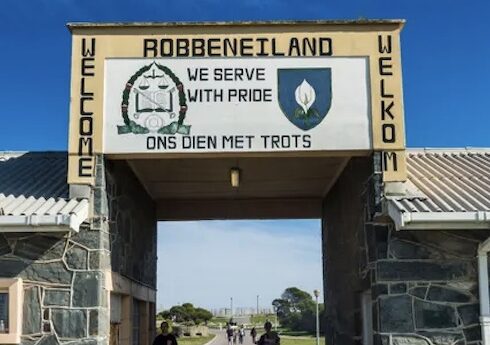The African continent provides so many amazing destinations for tourists. The most attractive places of interest in Africa include its roaring wildlife, rustic historical sites and sprawling landscape. With the abundance of stunning tourist destinations, it’s no surprise that people often find it hard to decide on the places to visit.
Senegal is one of the African countries with several spectacular tourist sites. This West African country has great transportation, communication, and security systems which puts it among the safe and delightful places for tourists. One of the destinations that are certainly worth visiting in Senegal is the Pink Lake.
The Pink Lake, also known as Lake Retba lies north of the Cape-Verde peninsula of Senegal, some 30km northeast of the capital, Dakar. The lake is so named for its stunning waters that change color depending on the intensity of the sun and in the dry season. The color is due to a particular species of algae called “Dunaliella Salina” (an algae used in cosmetic and dietary supplements), which produces a red pigment that absorbs sunlight thus giving the lake its stunning appearance. The pink lake is particularly noticeable during the dry season (November to June), which is also the best time to visit Lake Retba. The bacterium is completely harmless to humans and swimming in the lake is allowed
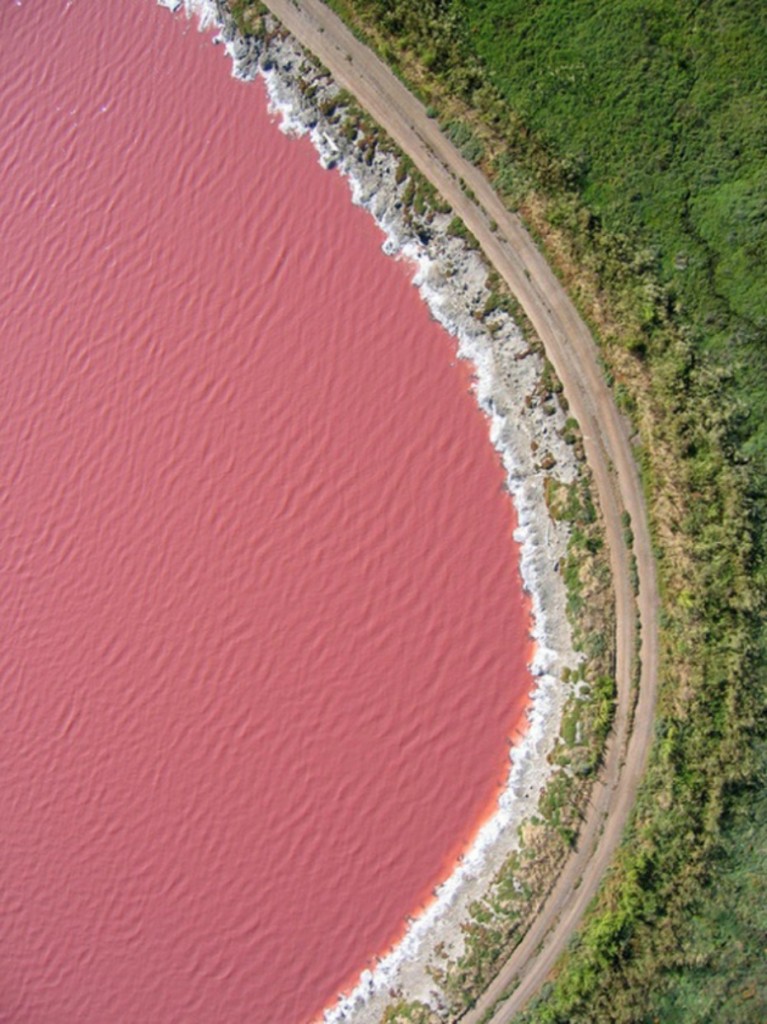
The Atlantic Ocean borders the lake, separated from the lake by sand dunes. The lake means different things to different people. To the tourists, it’s a beautiful exotic place to be and gaze at. To the locals, it is a source of livelihood from which their daily food comes from.
The lake is mainly a tourist attraction and valuable in the production of salt. Lake Retba is known for its high salt content (up to 40% in some areas), which is mainly due to the ingress of seawater and its subsequent evaporation. The locals scoop up the salt with their bare hands from the bottom of the lake, put it in baskets and carry them ashore. To protect their skin from the long hours in the water, the workers use shea butter, known in Senegal for its cosmetic properties and are an emollient produced from shea nuts which helps avoid tissue damage. Salt extracted from the lake is exported across the region and used by locals for preserving fish.
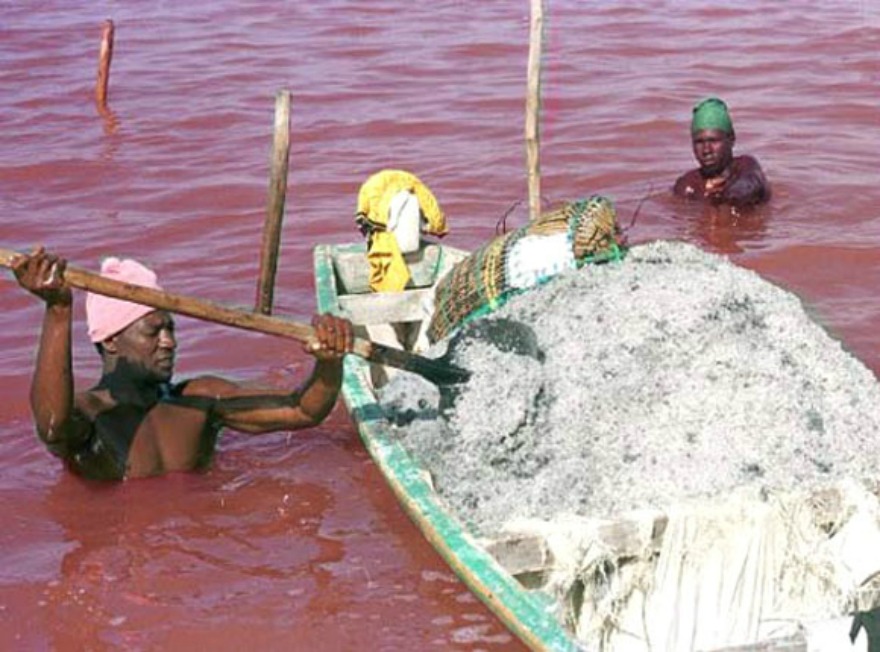
About 38,000 tonnes of salt are harvested from this lake each year, which contributes to Senegal’s salt production industry. Senegal is the number-one producer of salt in Africa.
Not many living organisms are able to survive in Lake Retba because of its high salt content, so it serves mainly as a tourist point and for salt production.
Local experts are worried that the lake’s salt is being overexploited. Although action has been taken to protect it – the government has banned seashell mining and the lake is now given an annual biological rest – there is still a risk that if the environmental situation were to deteriorate, the effects could be quite severe.
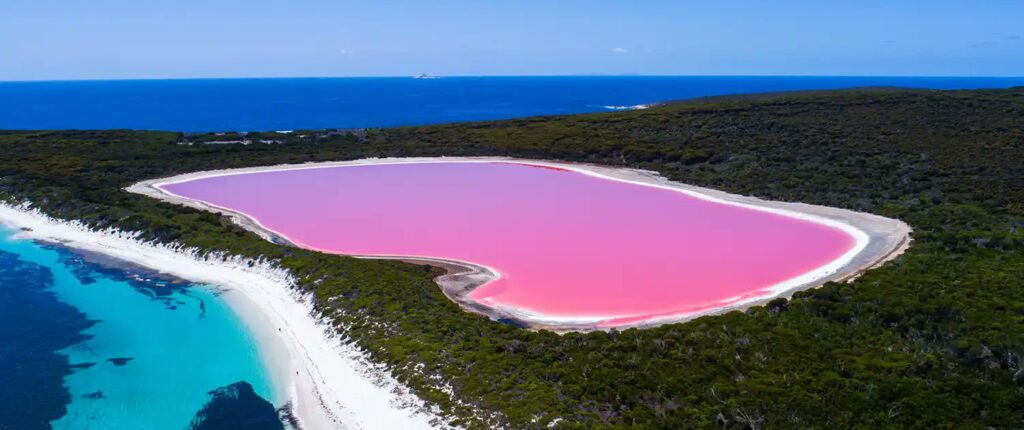
Lake Retba is the only pink lake in Africa and is the largest natural pool of its kind. Its area is about 3 square km, and the maximum depth is 9.8 ft. This natural wonder of the African continent is separated from the Atlantic Ocean by a narrow strip of land rich in vegetation and sand dunes that contribute to its spectacular landscape.
Lake Retba is well known for having been the end-point of the famed Dakar Rally, which has since been relocated to South America and has been a candidate for UNESCO World Heritage status since 2005 and is fast becoming one of Senegal’s most popular tourist destinations on the continent.
